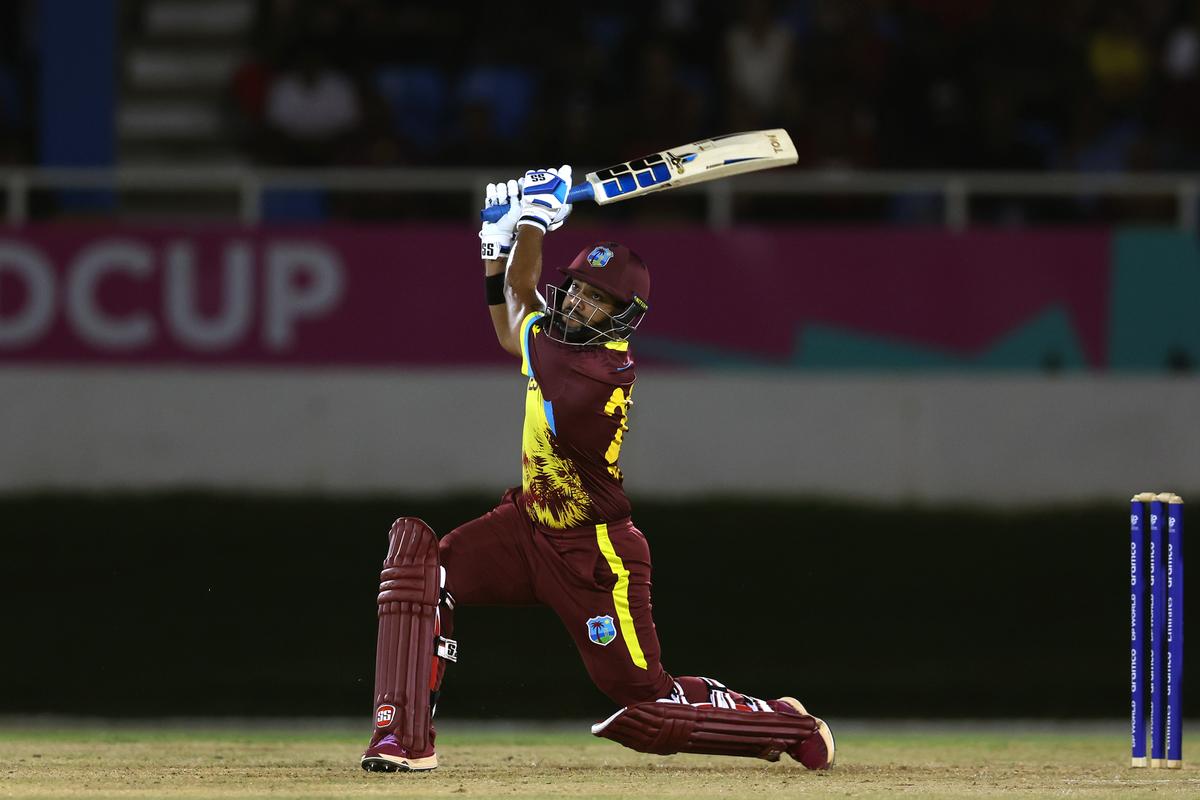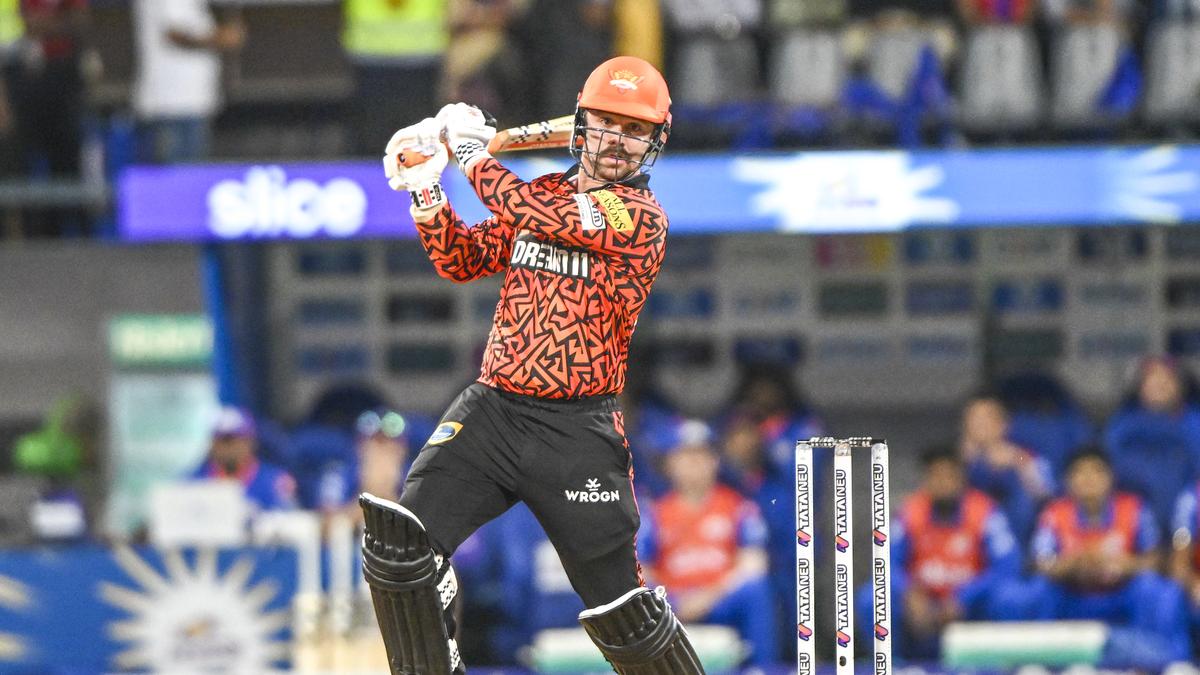Comparing IPL and T20 WC strike rates: Why the world is falling behind franchise cricket
The recently concluded edition of the Indian Premier League (IPL) spawned conversations about the direction in which T20 cricket was headed as teams posted scarcely believable scores, and some even chased them down in the same contest.
With the 2024 IPL season logging a staggering average tournament strike rate of 150.58 — the highest ever in its history by a distance — the ensuing conversations were inevitably about the evolving nature of the game and the need to adapt to it.
The consensus was that there would be some at the forefront of the revolution, while the reactionaries would be left to fend for themselves.
With a T20 World Cup dawning and national squads being announced during the course of the IPL, there were polarising opinions of certain inclusions and omissions, with the recency bias of the aggressive brand of cricket on display coming into play.
But cricketers are creatures of circumstance as much as of instinct, and the former seems to supersede the latter when the stakes are high.
Quite counter-intuitively, the last two editions of the T20 World Cup have been the slowest scoring in terms of tournament strike rates, and the most attacking batters in franchise cricket seem to curb their instincts when they turn out in national colours on the global stage.
From rule innovations to conditions and reduced margin for errors, here is a deep dive into how and why international T20 cricket, particularly World Cups, may not be keeping pace with the stratospheric standards set by franchise leagues and that there may still be a place under the sun for style and finesse.

Adaptability is key: With the T20 World Cup being hosted in turns by different countries, batters like Nicholas Pooran are often forced to adapt to varying conditions within a short period, resulting in reduced risk-taking and lower strike rates.
| Photo Credit:
Getty Images
Adaptability is key: With the T20 World Cup being hosted in turns by different countries, batters like Nicholas Pooran are often forced to adapt to varying conditions within a short period, resulting in reduced risk-taking and lower strike rates.
| Photo Credit:
Getty Images
What does the data tell us?
There has been a stark contrast in the strike rates of batters across the IPL and the T20 World Cup. In the IPL, the strike rates have generally shown an upward trend over the years, with occasional fluctuations.
One major dip in strike rate was during the 2009 edition, which was moved to South Africa due to a clash with the Indian general elections.
The second drop from the trend was during the 2021 season, which was held in the United Arab Emirates following the onset of the COVID-19 pandemic the previous year.
Conversely, in T20 World Cups, the strike rates have shown more variability, with no consistent upward or downward trend.
The lowest strike rate recorded during the T20 World Cup was in the 2021 edition held in the UAE. Since the IPL held here in the same year shows a drop in tournament strike rate too, the conditions at the venues could have been the major factor affecting the rate of scoring.
Another example of the conditions defining the scoring rate is the year 2016. The T20 World Cup was held in India for the first time that year, showing a spike in strike rates due to the flat pitches on offer.
The following chart indicates the strike rates of Indian batters across T20 World Cups:



